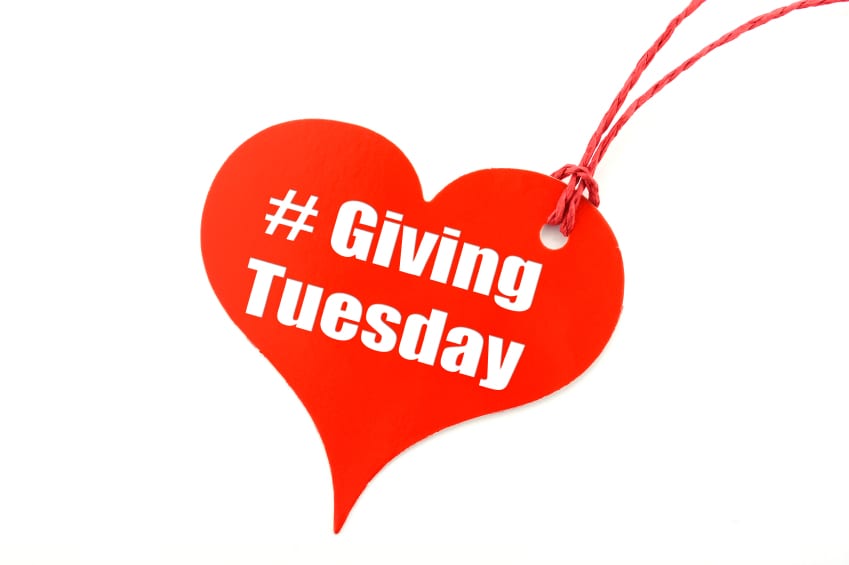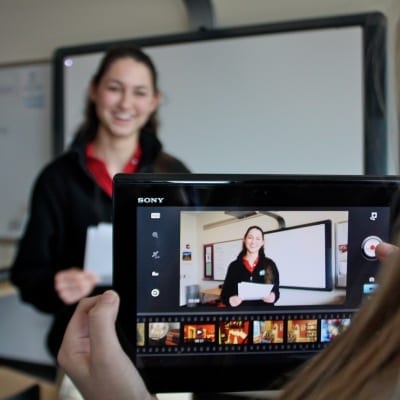As we prepare for Quarter Four of 2014, chances are you have a final project or two on the docket. Whether it’s a fundraising initiative, promotion of a new partnership, or the celebration of a major milestone, social media is likely to be an integral component of your plans. If you’re new to setting up social media campaigns, check out our easy four step approach for successful planning.

Step One: Establish your campaign goals.
Being as specific as possible, establish what you hope to gain from your social media campaign and the project in general. Simply saying you want to “increase social media follower count” or “raise money” is not going to cut it. Why? Because neither of these goals is measurable. If you are working on brand awareness, write down that you want to increase your follower count by 20% or gain 200 new fans. If it’s money you’re after, write down that you want to raise $10,000 by the campaign end date.
Once you’ve done that, break down that number into smaller, benchmark goals so that throughout the duration of your campaign, you can regularly check in to see where you are in terms of meeting your overarching goal. Then you can adjust your approach as needed. For example, say your campaign will run for ten weeks and your goal is to raise $20,000. That means, on average, you will need to raise $2,000/week. Setting these more attainable benchmark goals is important for keeping focused and on track to reach the larger goal.
Tips:
– After establishing your specific campaign goals, be sure to inform your team and keep them updated of the progress each week.
– Setting more than two or three main goals may cause your campaign execution to become too scattered. Keep your focus narrow.

Step Two: Based on these goals and your social media following, identify the social media platforms that will give you the best return on investment (ROI).
It is a common mistake for nonprofits to think they need to be on every social media platform available in order to run a successful campaign. Companies also make this mistake. The fact is, it isn’t true. Based on the goal(s) you have established, your next step is to identify where your supporters (and potential supporters) hang out online. It is safe to assume that most organizations will benefit from being on Facebook and Twitter. Thanks to the growing popularity of online video, YouTube is also a social media channel nonprofits may be able to successfully leverage.
When evaluating whether a social media platform is likely to be beneficial for your campaign, you want to pay attention not only to the number of fans you have, but perhaps more importantly, the amount of engagement garnered on that platform. For example, if you have 5,000 Twitter followers but rarely have interaction with anyone (via retweets, responses, or favorites) and 200 Facebook fans but daily interaction (via likes, comments, and shares), your best bet would be to focus more time and energy on Facebook.
If you are not yet on any social media platforms or if you are interested in exploring new ones, it is wise to search for similar organizations on the platform to see what kind of content they’re sharing, which days and times of day they’re sharing, and what their followers seem to respond to most.
Tips:
– In addition to identifying social media platforms that will best suit your campaign, also identify digital influencers within your support base and ask them to help you promote.
– Hashtags are an effective way to reach new audiences and can also be identified early on to be included in social media posts throughout the campaign.

Step Three: Develop engaging content to share throughout the campaign.
Ideally, your organization already hosts a blog that you post to regularly. If not, now is the time! Blogging regularly is incredibly important in keeping up the momentum of a campaign (especially if yours will last more than one week) and is equally important for providing transparency to your efforts. A good rule of thumb for blogging is to post once a day for a week-long campaign or at least once a week for campaigns lasting more than one week. Ideas for engaging blog content include stories or profiles of the people your organization serves, “behind the scenes” accounts of events you put on, FAQs about the work you do, and volunteer highlights.
There are several other types of content you can prepare ahead of time such as pictures, quotes that pertain to your line of work, online videos, and testimonials from donors, staff, volunteers, and board members. This is also an important time to connect with your volunteers and staff; because they work in various capacities within the organization, they are likely to have unique and interesting perspectives on the services you offer which your online community will likely appreciate.
Tips:
– Always remember to include social sharing buttons in each of your blog posts.
– Linking to past campaign blog posts within more recent campaign blog posts will help to keep people on your website and engaged with your work.
– Incorporating email into your overall marketing strategy will enhance your reach, particularly if your donor base is comprised of Baby Boomers and Generation X-ers.

Step Four: Schedule posts ahead of time using a social media management system.
Finally, schedule as many social media posts for the platforms you identified in Step Two using a social media management system such as Hootsuite, Buffer, or Crowdbooster. Doing this will make life that much easier once the campaign begins and help to ensure your online presence is consistent. That being said, it’s imperative you do not “set it and forget it”. That is, do not schedule messages and think you don’t have to check in on each platform on a daily basis once your campaign has begun. Not only is it important to regularly monitor all interactions your social media posts receive, you will also want to make sure the posts you schedule ahead of time are still applicable to the campaign and that you are adding additional social media posts with new information (since developments will occur as your campaign progresses).
Tips:
– Remember to include a call to action in all social media posts such as #pleaseshare.
– Build time into your schedule every day to check on each of your social media platforms.
– Choose a social media management system that offers analytics in addition to scheduling capabilities. As your campaign goes on, you can see which posts are performing best and analyze why that might be (ex. the type of content shared, the time of day the post was shared, platform the post was shared on, etc.)
Even with the best planning and preparation, you can always expect the unexpected when it comes to running a social media campaign. You never know who’s radar you will land on or how they will respond. Having a plan while staying flexible, remaining engaged and responsive to your online community, and always keeping a good sense of humor are what it all boils down to. Good luck!








